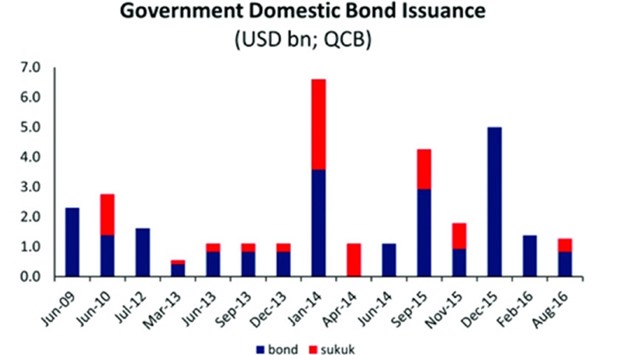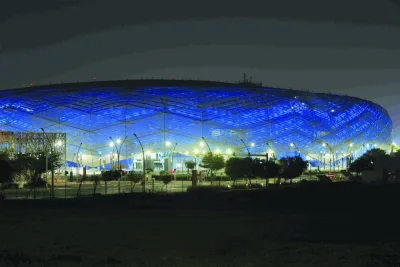This includes the record $9bn international issuance in May.
Although the need for fresh capital does not appear particularly pressing, the authorities may well decide to take advantage of extremely high international appetite for Gulf (GCC) debt and make a further issue, Samba said in its Qatar country report.
The total fiscal deficit over the two years is forecast at $18bn, which the Ministry of Finance has stated will be funded entirely by debt issuance, as opposed to drawing down the substantial reserves at the Qatar Investment Authority (QIA).
Qatar still maintains the same ratings (AA, S&P and Fitch and Aa2, Moody’s) as it did in June 2014 when oil prices were in excess of $100 a barrel.
Moody’s recently placed the sovereign on negative watch, whereas S&P has reaffirmed the stable outlook.
Despite the prospect of twin external and fiscal deficits this year, Qatar’s ‘AA’ ratings reflect its large external assets, a large hydrocarbon endowment, one of the world’s highest ratios of GDP per capita, and its fiscal adjustment efforts, which have assuaged investors and credit rating agencies alike – five year CDS spreads have levelled off at 90bps.
These external assets include foreign exchange reserves at the central bank which currently constitute 6.9 months of imports – well above the three months recommended by the International Monetary Fund for fixed exchange rate regimes.
Despite falling from a high of $45.9bn in November 2014 to $37.3bn in July 2016, reserves actually rose for the past two months in a row and Samba expects reserves to stabilise further as oil prices recover.
On top of this, the QIA holds around $260bn in investments built up over years of large current account surpluses.
“Although there is little information on these assets, and the liquidity is a notable caveat to the fund’s usefulness as an external buffer, the sheer scale of the holdings (summing to $300bn) is enough to assuage investors,” Samba noted.
Also, Samba expects overall Qatar growth of around 3.5% this year and in 2017 as a “reduced but still robust level” of project spending is supported by a small contribution from the hydrocarbon sector towards the end of this year as the Barzan gas project is commissioned.



